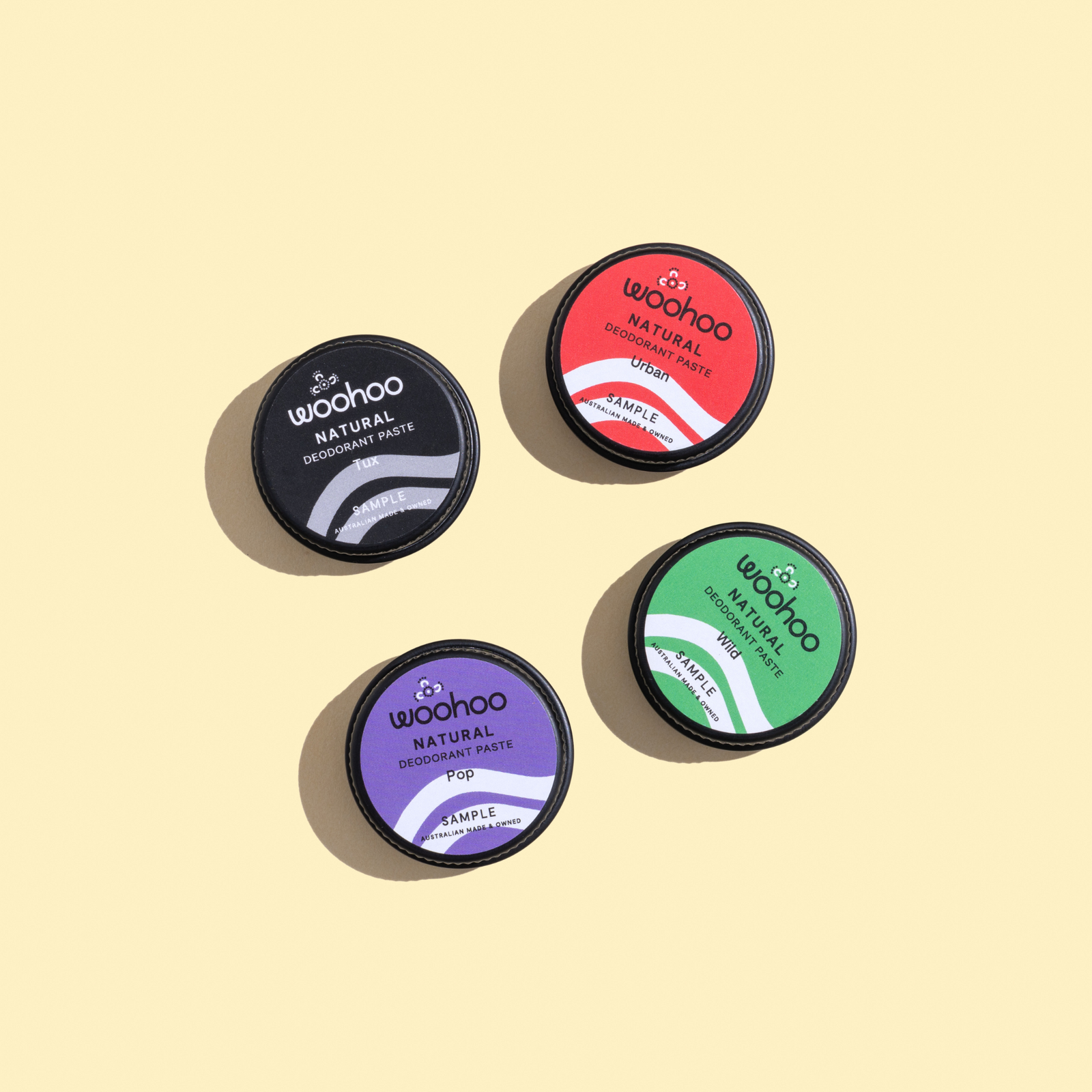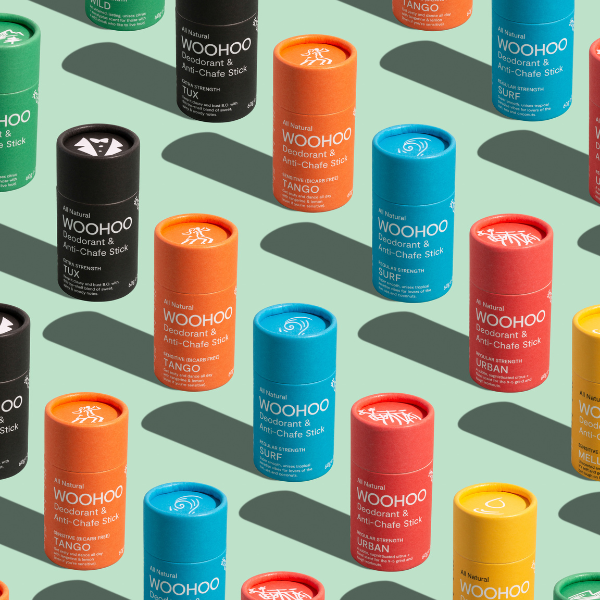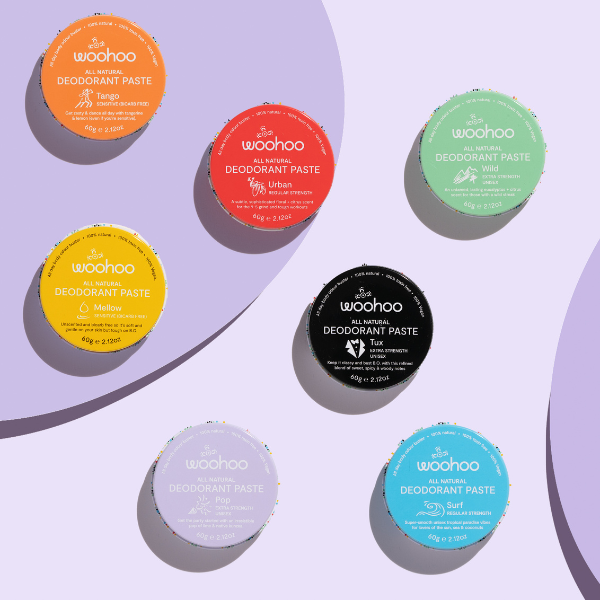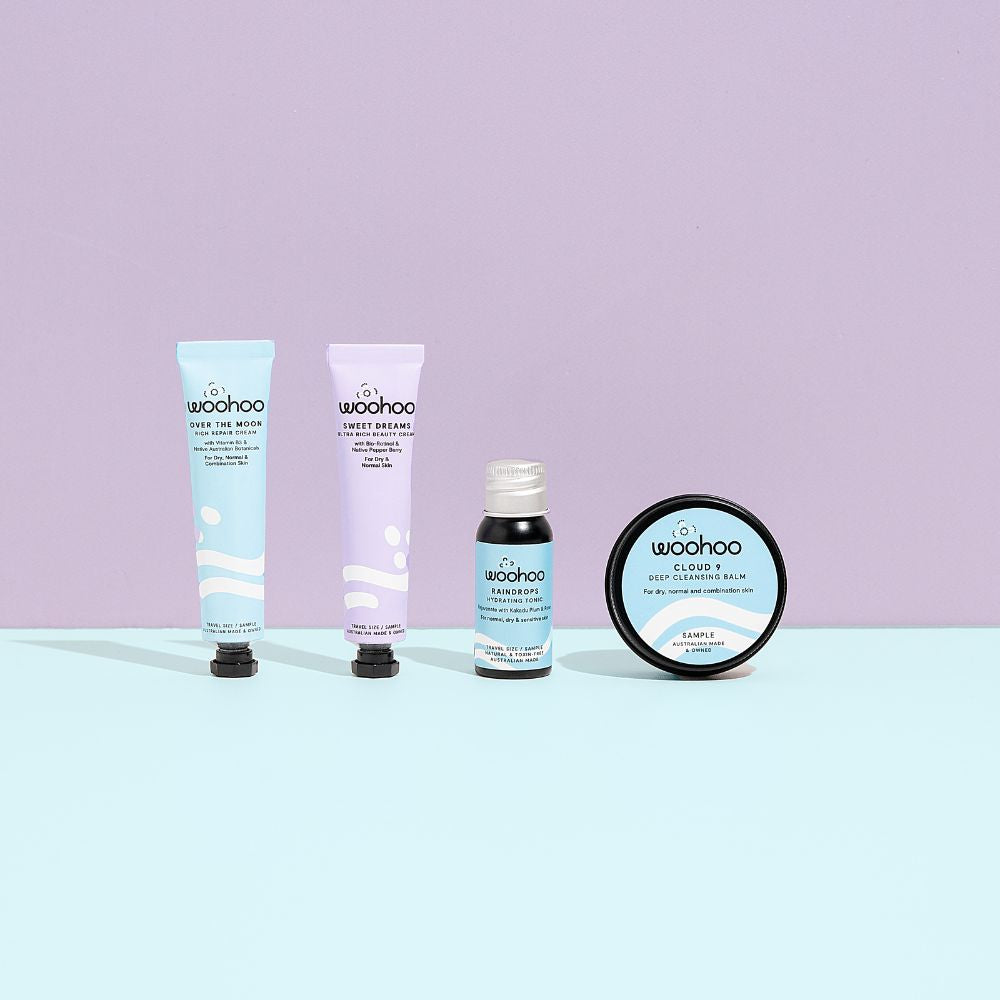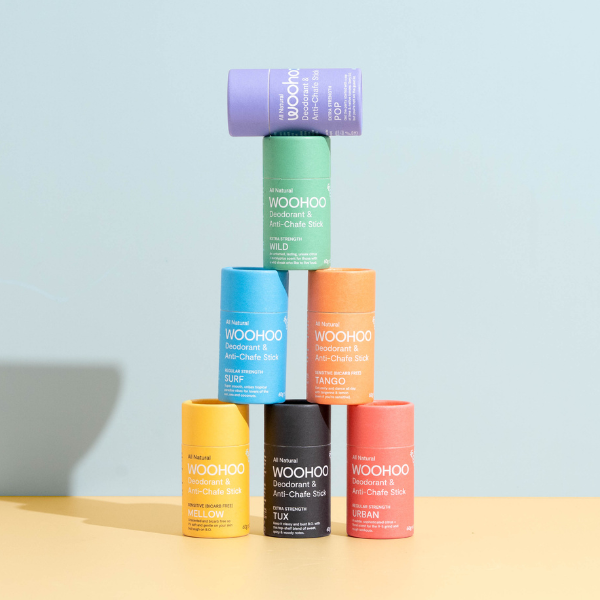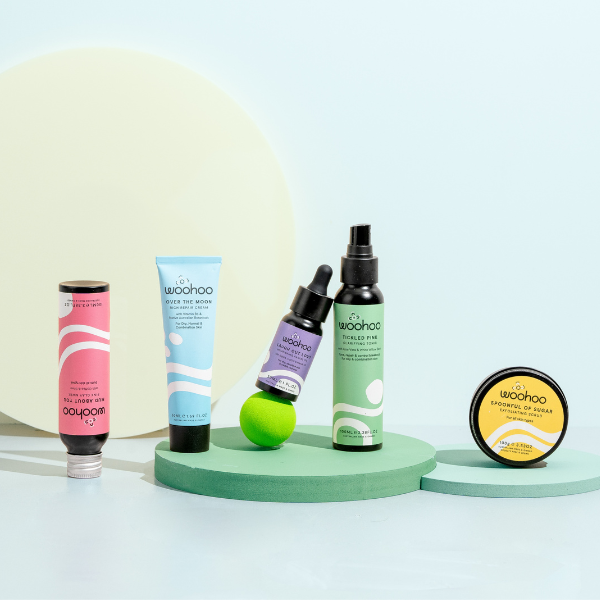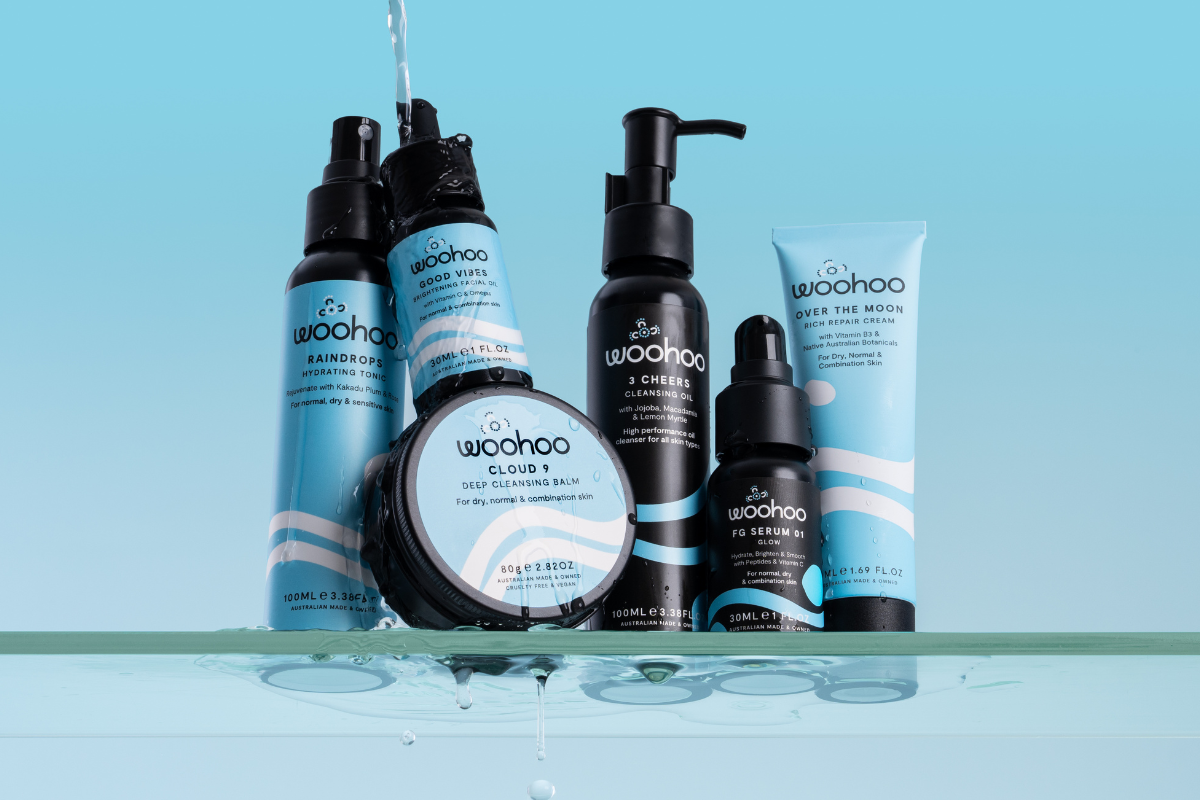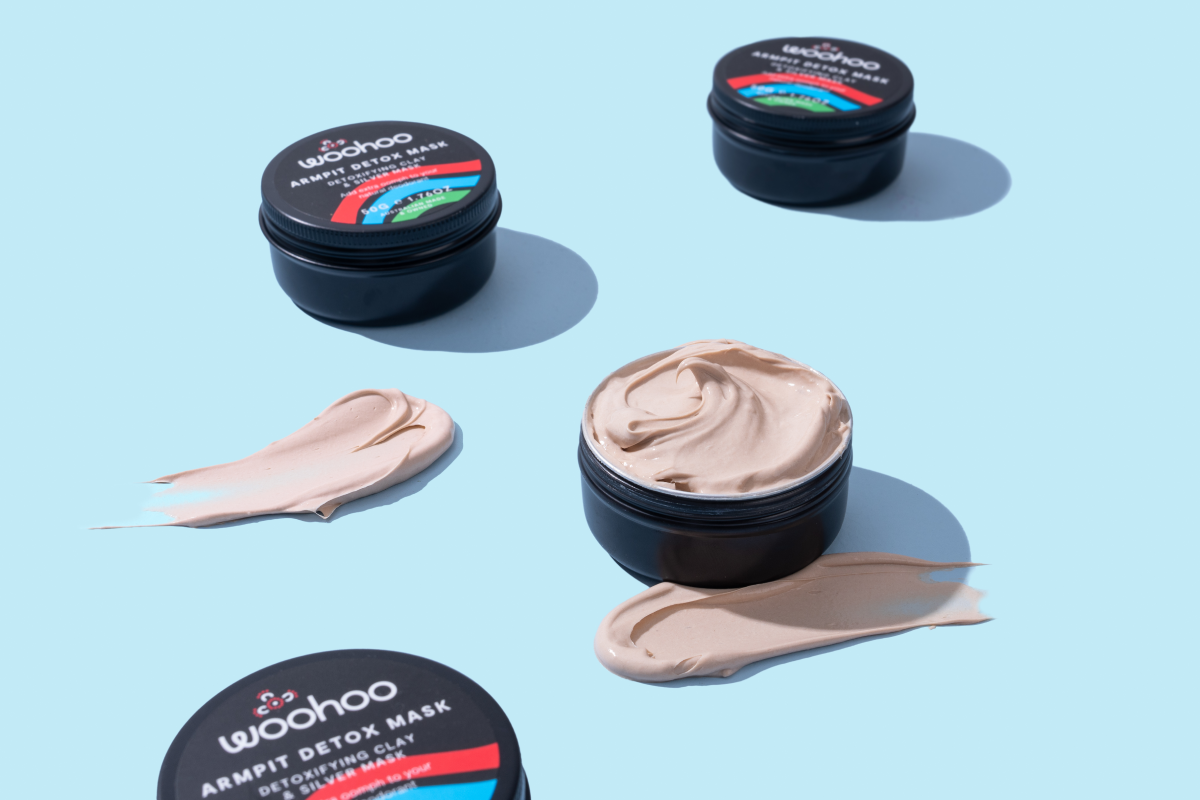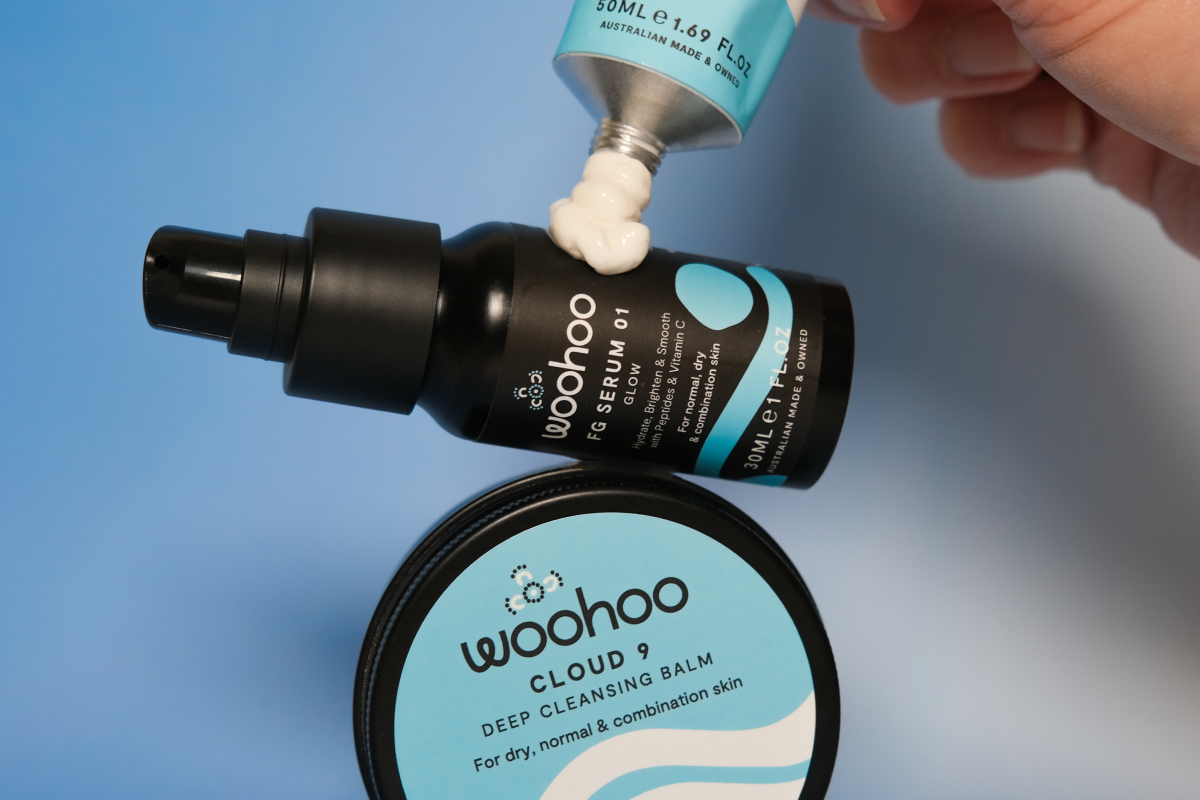
Today we’re going to give you an insight into the cosmetic world from a formulators view. Our very own maverick mixer, Aaron, is going to lift the lid on a famous internet headline and put it through some myth busting questions…..
Our Skin Absorbs 60-70% of everything we put on it!
That little statement is world famous and the headline of countless blogs. It is usually paired with “it takes 26 seconds for your skin absorb a chemical into your bloodstream”.
On a quick little myth busting side-note: “chemical” is a misunderstood word. Please don’t fear the word “chemical” as everything is a chemical. Dihydrogen Monoxide aka H20 or water is a very important chemical. Chemical free claims should not be given much credibility.
Ahh that feels better, I needed to get that out there :)
Back to 60% absorbing.
Is this fear inducing headline true? Before we make our conclusion we will need to look at where this headline originated from.
It came from a study called "The role of skin absorption as a route of exposure for volatile organic compounds (VOCs) in drinking water. By H.A Brown". This study looked at how the skin absorbed contaminants in drinking water. The ingredients that were found to be absorbed from drinking water were Toulene, Ethylbenzene and Styrene. Of these ingredients only Toulene would be found in skincare products (in nail polish), so from the offset we’re thinking this is not the best source to anchor such a bold claim about personal care products.
Penetration vs Absorption
At this point we also need to understand the difference between absorption and penetration. “Absorption” is when a substance makes it way to the bloodstream and “penetration” is when a substance makes it way to the different levels of the skin (but not to the bloodstream).
So the claim that your skin absorbs 60-70% of everything you put on it, would mean that 60-70% of what you put on it is making it into your bloodstream. Let’s dig a bit deeper...
It’s HARD to get ingredients into the lower layers of your skin
Your skin is your body’s protection system and an elimination system. It’s pretty amazing at stopping and getting rid of unwanted things. And it’s NOT very good as letting things in.
Your skin is made up of many layers which make it hard for cosmetic chemists to get the good stuff down to the levels where the magic happens. There is no point having your Vitamin C sit on the surface of your skin because all it will do there is cost you money.
This is where delivery systems come in. There are ingredients and types of products (“delivery systems”) that work like Dominos pizza delivery bikes. They weave around the skin’s cellular highways delivering the hot stuff to the lowest levels of the skin. The lower the level the harder it is to get there.
Ethanol is a very common delivery driver, and so are humectants like glycerin and propanediol.
And if there’s no delivery system? Chances are that substance aint goin’ anywhere. It’ll sit on the skin’s surface or outer layers without penetrating into the deeper layers of your skin, let alone being absorbed into your bloodstream.
We could stop here but there are a few more things I want to get off my chest :) [hmmmm… could it have been a mistake to let Aaron loose on the blog!?]
Does penetration equal absorption?
So by using delivery systems, ingredients can penetrate your skin. But does penetration equal absorption? Not necessarily.
It depends on a few factors - the size of the chemical molecules, its solubility, the amount that is present, and how much is applied over how much surface area.
Then if it does get absorbed, there are more question marks. Does it get metabolized (processed and excreted by your body)? Or does it accumulate in your body?
Reports of a substance being found in urine samples does not mean that the substance is harmful. It could just mean that your body is doing its job and throwing out the rubbish. This raises the question - if something IS absorbed, but your body manages to get rid of it effectively, is it something you need to get alarmed about?
So ... where is this all heading in regards to out 60% absorption headline?
The short answer is that the claim is false. It’s an over exaggeration. As you can see, there are so many different things to consider.
It’s very hard for a substance to be absorbed through your skin and make its way into your bloodstream. We definitely agree that SOME ingredients can be absorbed by your body, but not “everything” like our scare-mongering headline claims.
Oh but wait - don’t medical patches prove the headline? Nicotine patches work by delivering the drug nicotine into the blood. That is true - there are medicines that are delivered through patches - but we are not comparing apples with apples. Medicines are completely different to personal care products.
Medicines have been engineered to have the correct molecular size and combined with compatible penetration enhancers to ensure that the required dose of medicine/drug is delivered. On the other hand, personal care items are designed to stay in the upper levels of the skin as that is where they’re needed to do their work.
Unfortunately the headline is overused for the wrong reasons (and this particular cosmetic formulator has a feeling that “clever” marketing could be to blame!). There are certainly ingredients (both synthetic AND natural) that can be absorbed into your bloodstream that pose a risk and may cause harm.
BUT - you are not absorbing *everything* you come into contact with. It’s just not physically possible. So you can relax a little :)
Cosmetic chemists all over the world are still tearing their hair out trying to work out how to make sure their products can reach the lower levels of your skin to give you amazing results safely. If it were as easy to absorb ingredients as this headline claims, the cosmetic formulators of the world would all be out of jobs!

